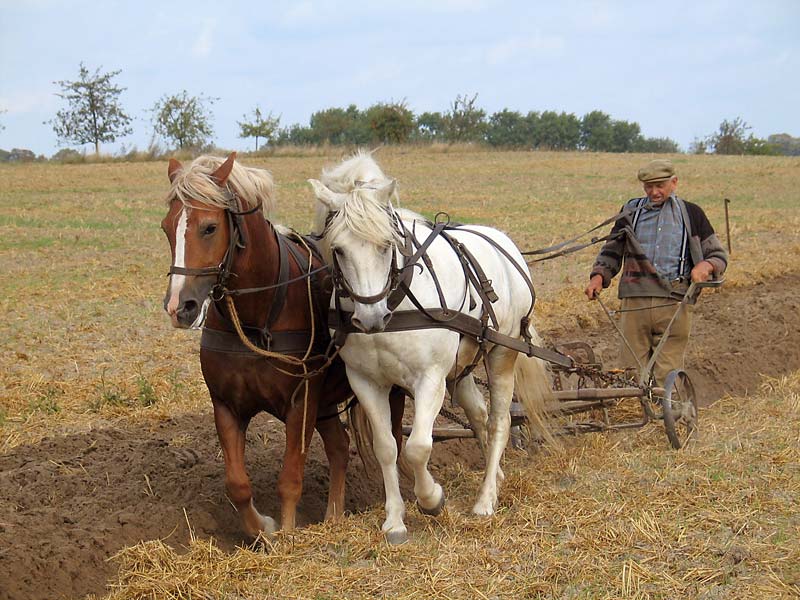Toward New Models for the Scale and Practice of Agriculture, No. 2
Our first post, with an introduction to this series, is
here.
“Dumping grain on another country is a classic maneuver in
economic warfare. When a country’s borders are opened by force or by choice, by
structural adjustment or by neoliberal trade agreement, when tariffs and other
forms of protectionism are finally scotched, heavily subsidized multinational
agribusinesses can flood the new market with commodities at prices less than
their production costs.
That is, these companies are happy to sell their foodstuffs
abroad at a loss. That doesn’t make sense, you say. Aren’t these guys in
business for profit? They are indeed. The deficits are in actuality a
cold-blooded calculation. The objective is to drive previously domestic sectors
unable to compete with that kind of pricing, out of business. Once the
mom-and-pop competition is rubbed out, Walmart-style, the multinationals, their
competition cleared off the field, can impose what prices they please across a
market they now dominate. [….]
When what is illegal at home in the United States is
perfectly legal elsewhere, move your operations offshore. In many countries of
the Global South, few labor laws and environmental regulations are on the
books. For those that are, enforcement is lax or bribed away. On the other
hand, when what is legal in the United States in banned elsewhere, export U.S. rules. Subject other countries’
domestic operations to the kind of discipline of the invisible hand one’s own
multinationals avoid like the plague. Impose a protectionism in reverse. [….]
In a kind of bioeconomic warfare, agribusiness can prosper
when deadly influenza strains originating from their own operations spread out
to their smaller competition. No conspiracy theory need apply. No virus
engineered in a laboratory. No conscious acts of espionage or sabotage. Rather
we have here an emergent neglect from the moral hazard that arises when the
costs of intensive husbandry are externalized. The financial tab for these
outbreaks is routinely picked up by governments and taxpayers worldwide. So why
should agribusiness bother with ending practices that repeatedly interrupt
economies and will someday produce a virus that kills hundreds of millions of
people? Companies are often compelled to invest in livestock vaccination and
biosecurity—however incomplete—but if the full costs of outbreaks were placed
on their balance sheets larger operations as we know them would cease to exist.
Corporate farms are also able to skirt the economic
punishments of the outbreaks they cause by their horizontal integration. They
can weather the resulting bad publicity and intermittent breaks in their
commodity chains by increasing production in affiliates elsewhere. [….] A
supply chain arrayed across multiple countries can compensate for the
interruptions in business, even as it also, ironically enough, increases the
risk of influenza spread.
In contrast, many small farmers suffer catastrophically from
this virus dumping, even when they’re under contract to agricultural companies.
Smallholders typically can’t afford the biosecurity changes needed to protect
themselves from such outbreaks in the first place or the wholesale repopulation
of their livestock in the aftermath (even when subsidized in part by the
government). Living market day to day, they can’t afford the losses incurred
upon their already thin margins when their operations are disrupted by the
government-imposed quarantines and culling campaigns that follow.
That’s nasty. But the insult to injury is in agribusiness’s
faux-righteous follow-up. And here we see the kind of conscious manipulation at
the heart of grain dumping. In an act of evil genius, multinationals support
national efforts to institute biosecurity standards only the largest companies
can afford. [….] The diseases that wipe out Big Food’s smaller competitors also
offer an opportunity to cripple them between outbreaks.”
Rob Wallace, from an article in Farming Pathogens, 11 November 2010 (Big Farms: 112-117).












0 Comments:
Post a Comment
<< Home